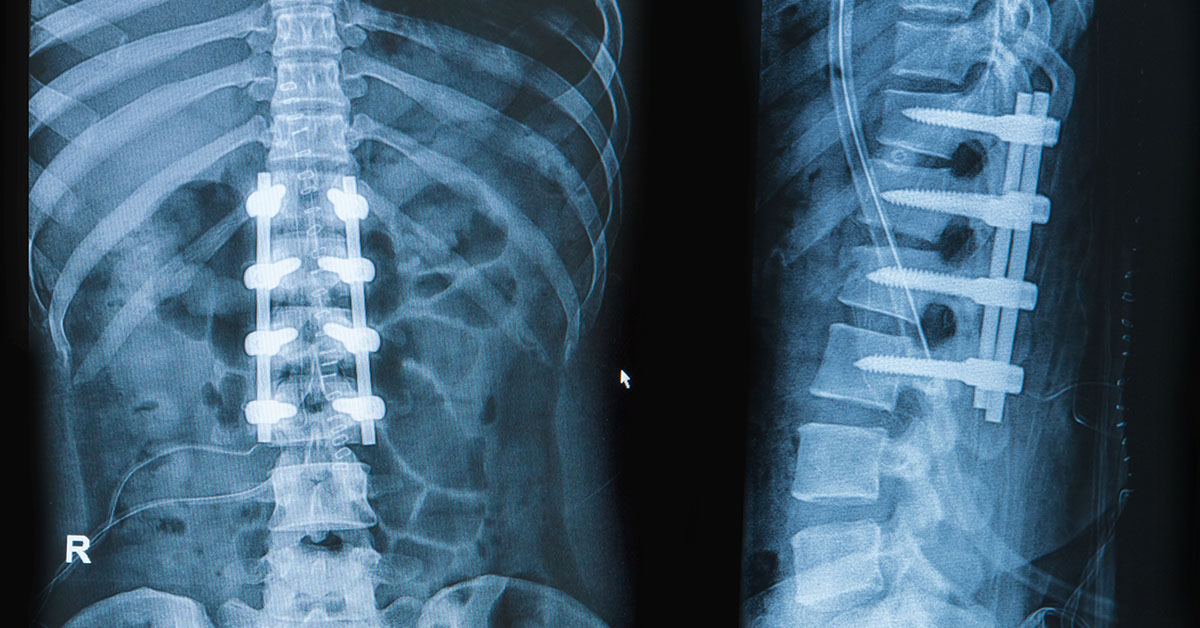
What is Lateral Fusion?
Before discussing what lateral fusion is, it is worthwhile to note what interbody fusion is. Interbody fusion refers to the joining of two vertebral bodies by removing the intervening cartilage disc in between them. The two vertebral bodies are then held together using a metallic plate or some form of bone cement. In some cases, a bone spacer is used which contains bone graft material that fuses the two vertebral bodies.
In lateral lumbar interbody fusion, the method through which the lumbar vertebrae are approached is through the sites rather than through the center or indirectly over the vertebra.
How is the procedure performed?
Lateral lumbar interbody fusion involves the patient lying on their side and the skin over the surgical site being cleaned with antiseptic solution. After an incision is made, a small device known as a tubular retractor is inserted to keep the soft tissues open and to allow access to the vertebrae. The affected vertebrae and intervertebral disc is identified and the disc is removed. Between the vertebrae is placed a cage that contains bone graft material. The cage is held in place using titanium screws and once this has concluded, the skin over the area is sewn closed.
Following the procedure, the patient is discharged home and requires a period of rehabilitation before they can restore their normal quality of life.
Advantages of lateral fusion
The main advantage of lateral fusion is that it avoids damage to the nerve fibers during surgical approach. Access to the spine is a lot simpler and the final result of alignment of the vertebral bones is significantly better. In addition to the above, there is also minimal damage to the spinal muscles. The procedure is minimally invasive and has very few complications. When is lateral fusion avoided?
There are certain instances where lateral fusion cannot be performed. Procedures which require fusion of the fifth lumbar vertebra with a first sacral vertebra can be difficult through the lateral approach due to the intervening hipbone. In patients with a significant degree of damage to the vertebral column, this approach may not be beneficial. Furthermore, in patients who have had previous abdominal surgery, changes in the structure and position of tissues may make the lateral approach difficult.
Risks of lateral fusion
There are a few risks to remember with regard to lateral interbody fusion. Patients may continue to experience a degree of pain following the procedure. Infection of the joint and of any neighboring structures can occur and will require antibiotics. On rare occasions, patients can have injury to the neighboring blood vessels and nerve fibers.
Conclusion
Lateral fusion of the vertebral bodies is a commonly performed procedure for a variety of different indications. It is relatively safe and has excellent long-term results.



